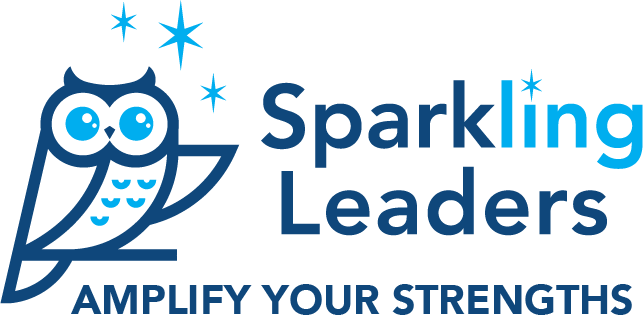AIM SMART Framework
Last week a few of us worked through the AIM SMART framework as part of the Build Your Change Toolkit Workshop. I was introduced to AIM SMART as part of the iPEC.com coaching program. The goal is to examine your ideal goal in an area and what you consider to be a minimally acceptable goal. You then choose a stretch goal somewhere in the middle. Once you have your stretch goal, you brainstorm one small step you could take towards it. You then work through the SMART framework for your small step.
I find this type of goal setting to be brilliant.
In the past two years I’ve been thinking honestly about my baseline for different areas of my life - my health baseline, my baseline for contentment/enjoyment, my inner dialogue baseline, my work baselines, and so on. For each one, I’ve started to break the topic area into components and pick what I want to work on (see the Life Choices Wheel for more areas - link to be added soon).
This month I’m working on my focus. Am I paying attention to the things that will move me towards being the person I want to be?
Setting goals helps me and completing goals is energizing.
The issue is that in the past, I set goals that were too big or took too long to accomplish. In the AIM SMART framework, you still have your ideal or preferred goal, you just work on one small piece at a time before setting the next goal. Being able to focus on one small thing you can do, makes the goal attainable and enjoyable.
What is AIM SMART?
A - Acceptable, What is the minimally acceptable thing you could do?
I - Ideal, What is your ideal or maximum you do?
M - Middle, What is a realistic stretch goal, something between the minimum and maximum you could do?
S - Record your Specific small step
M - How will you Measure success?
A - Is it Achieveable (Yes/No)?
R - Is it Realistic based on your current life?
T - What is the Timing?
Below is the workshop sleep example
First Pass Topic: SLEEP
Acceptable - 7 hours of sleep
Ideal - 7+ hours of sleep
Middle/Stretch - Go to sleep earlier
Obstacles: Getting into bed, Wanting to scroll social media or do other things
Second Pass Topic: SLEEP 2.0
Acceptable - 6+ hours of sleep
Ideal - 7+ hours of sleep
Middle/Stretch - Go to bed earlier
Obstacles: Housework and wanting me time prevents us from getting into bed earlier
Things we could try to reach the stretch goal of 7 hours of sleep
Multitask chores and me time activities like listening to music or audiobooks, setting an alarm for bedtime, letting go of some of the tasks/chores, delegating tasks/chores, releasing anxiety about tasks/chores/and sleep.
One small step to test
Moving a “me” time activity such as scrolling through social media to earlier in the day on one day a week
My First SMART STEP
Specific: I will move social media/”me” time activity to before dinner
Measurement: I will check it off in my calendar when I do it
Is it Achievable? Yes
Is it Reasonable? I will test it on an easy day.
Timing: 1/day per week (picking the day that works best for each person)
Sleep example.



